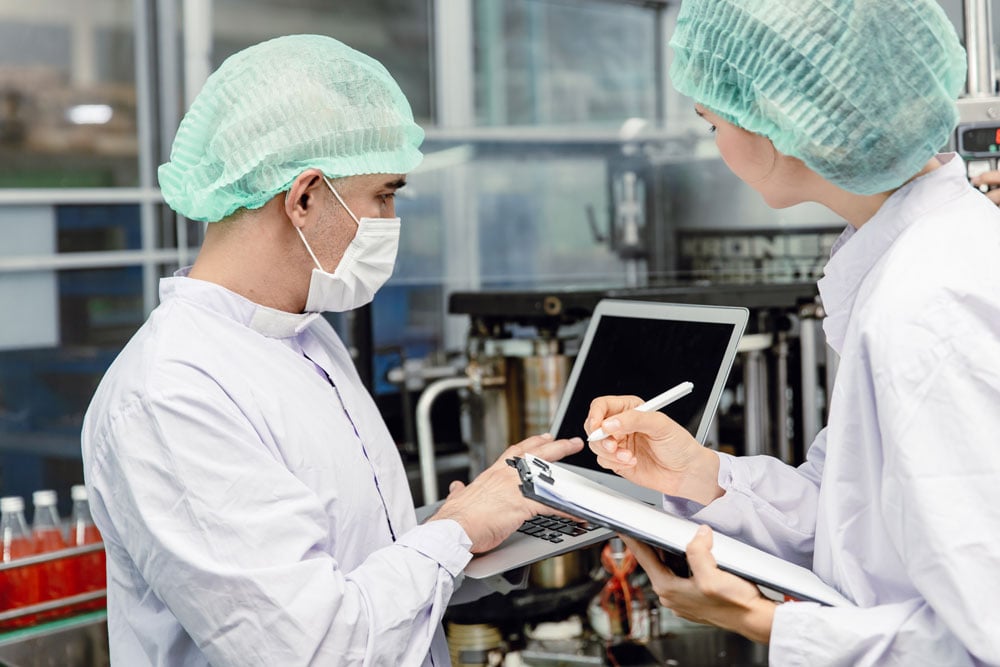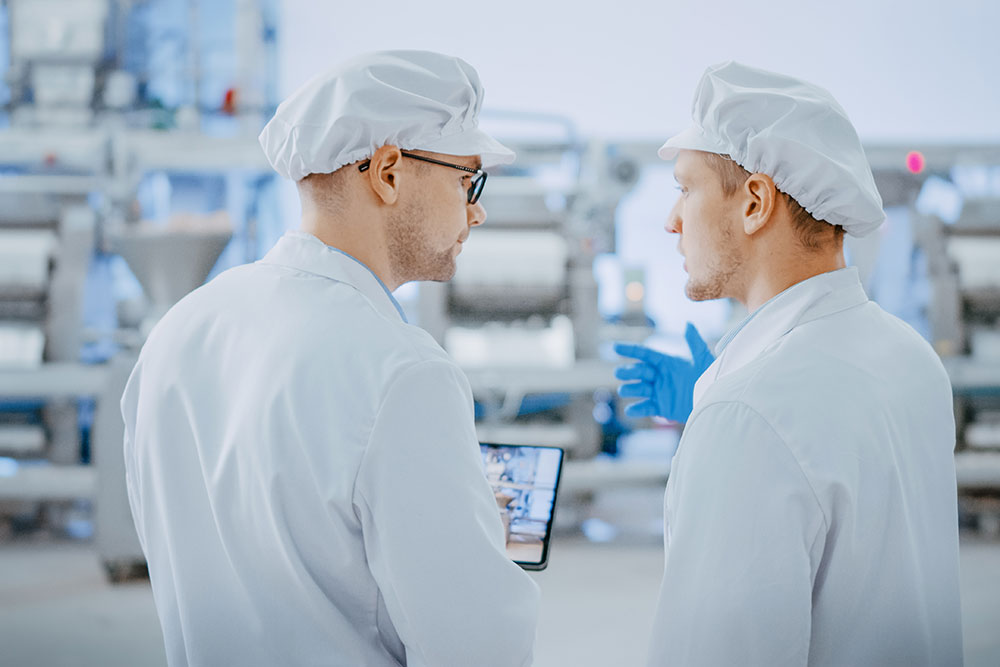Fresh produce facilities deal with fruits, veggies, and herbs in their purest form, which can leave them vulnerable to a host of pests, pathogens, and other sanitation issues.
Whether they’re being sold wholesale or passed on to supermarkets, facility managers want to deliver the highest quality produce to the end consumer, and keeping these consumers safe is a top priority.
Here are some considerations for maintaining high standards of sanitation in a fresh produce facility.
CGMPs: Know them, observe them
Current good manufacturing practices (CGMPs) are regulations set forth by the FDA to ensure the integrity and safety of all products produced, especially food products and drugs.
It’s quite the laundry list of guidelines, but CGMPs can be easily broken down into five categories, i.e. the “5 Ps of CGMP”:
-
People
-
Premises
-
Processes
-
Products
-
Procedures
“Processes” and “procedures” may seem redundant, but they differ in that procedures are the official, established way things are done, while processes are the discrete steps taken toward facility goals, i.e. productivity.
This list is simplistic at the outset, but it’s a great initial checklist to help you dig deeper into attracting, training, and retaining high-quality people; maintaining a functioning, sanitary premises; constantly evaluating and evolving effective processes; producing high-quality products; and establishing clear, scalable procedures.
Hygienic design from top to bottom
Hygienic produce facility design encompasses all aspects of design, from using sanitary materials (such as floor coatings and antimicrobial/bacteria-resistant construction materials) to layout, as well as floor drainage, highly effective HVAC equipment, and even employee training.
Hygienic produce facilities are those with a holistic view of sanitation. All the stainless steel in the world isn’t going to keep Listeria at bay unless the correct chemicals are used, employees understand proper cleaning procedures, and preventative measures are taken from the get-go.
Proper employee training
This has been mentioned a couple times, and it’s because the human element is the most fallible in any food and beverage facility (or really in any facility, in any industry). Employee training should be thorough, constantly re-evaluated, and regularly updated.
Employee hygiene should be promoted and mandated, and all employees should share accountability in a facility’s sanitation. On top of that, facility owners and managers should be providing every employee with the tools they need to maintain such high sanitation standards.
For example, all cleaning tools should be in excellent condition, clean uniforms should be provided, hand wash stations should be plentiful and strategically located throughout the facility. Proper employee training, in any food and beverage facility, starts with empowering employees to make great decisions.
Appropriate cleaning compounds and sanitizers
Each type of food and beverage facility will have its own designated list of approved cleaning products and sanitizers. It’s important to adhere to recommended cleaners, since the pathogens in a fresh produce facility will differ from those in, say, a meat processing plant.
Many factors have to be taken into consideration, including any potential odors or vapors produced by the sanitizers, which may settle on uncovered produce, either contaminating it or negatively reacting with it, causing poor taste, rot, or poisoning.
It’s important to have a trained employee analyze the risks of any given area and assign the appropriate cleaning staff and cleaning compounds. This will help determine cleaning protocols, while effectively managing sanitation and eliminating contamination.
Don’t take any chances
In a high-risk industry like fresh produce production and transportation, it’s important to start with hygienic design and let that trickle down and into every area of the operation. Preemptively sealing up any cracks will help maintain the highest sanitation standards possible, while ensuring product quality and that each inspection will be as smooth as possible.
Questions?
If you have any questions about hygienic fruit and vegetable facility drainage, contact one of our FoodSafe drainage experts today.


